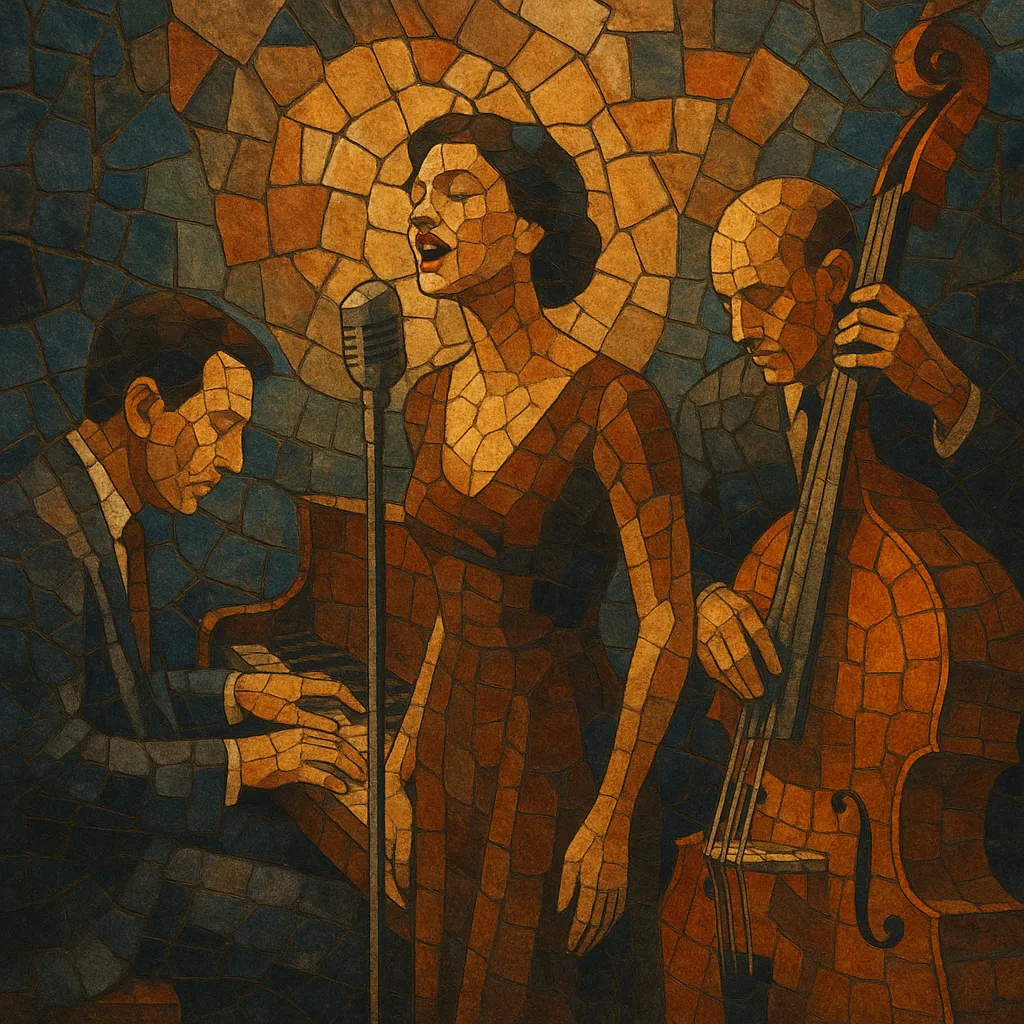Standards refers to the shared core repertoire of widely known songs in American popular music, especially those from the Great American Songbook. These pieces became "standards" because they have been performed, recorded, and reinterpreted across decades by countless singers and jazz instrumentalists.
Typically originating from Tin Pan Alley, Broadway, and Hollywood films of the early–mid 20th century, standards are marked by memorable melodies, refined lyric craft, and harmonically rich progressions that invite interpretation and improvisation. Many use 32‑bar song forms (AABA or ABAC), employ circle‑of‑fifths motion, secondary dominants, and occasional key changes, and work equally well as ballads or swinging uptempo pieces.
Today, standards function as a common language for jazz and traditional pop musicians, anchoring jam sessions, vocal recitals, and crossover projects while continuing to inspire new arrangements and recordings.
Songs that later became standards largely arose from Tin Pan Alley publishing houses, Broadway revues and book musicals, and early Hollywood films. Composers and lyricists such as George and Ira Gershwin, Cole Porter, Irving Berlin, Jerome Kern, Richard Rodgers and Lorenz Hart, Harold Arlen, and Hoagy Carmichael crafted songs with strong hooks, sophisticated harmony, and flexible forms that could be adapted by a variety of singers and bands.
Big bands and small jazz groups embraced these songs as vehicles for improvisation. The 32‑bar AABA form and blues were ideal for chorus‑by‑chorus solos, and arrangements by swing orchestras helped canonize many titles. Vocalists like Billie Holiday and Ella Fitzgerald, and bandleaders such as Duke Ellington and Benny Goodman, popularized countless entries that cemented the core repertoire.
Crooner culture, the rise of LPs, and studio orchestration pushed standards into a polished traditional pop context. Frank Sinatra, Nat King Cole, Sarah Vaughan, Tony Bennett, and others recorded definitive versions. Jazz musicians—from bebop to cool and hard bop—continued to explore these harmonies, expanding substitution practices and modern reharmonization while keeping the melodies intact.
Even as rock and contemporary pop dominated charts, standards persisted through jazz education, vocal albums, film/TV syncs, and periodic revivals (e.g., swing revival, orchestral/crossover projects). Contemporary artists and arrangers continue to refresh the canon with new harmonizations, meters, and stylistic fusions, preserving standards as a living repertoire.


